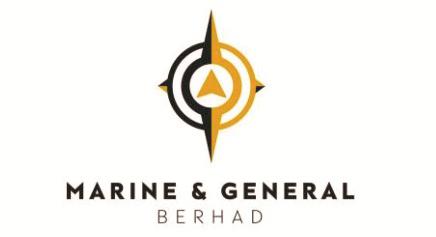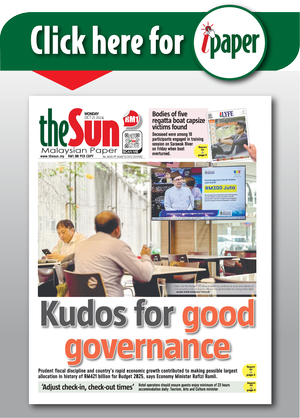PETALING JAYA: Marine & General Bhd views the prospects for its upstream division as closely tied to exploration and drilling activity while for the downstream division, it anticipates steady operational levels, supported by continued demand for Malaysian-flagged tankers.
Future fleet expansion will be carefully assessed in line with market conditions and the group’s long-term strategy to become a leading tanker operator in Malaysia.
Looking ahead, the Marine & General board has cautioned that the industry continues to face uncertainties stemming from evolving regulatory requirements, expected pressure on oil prices due to global supply exceeding demand, the development of green energy alternatives, and ongoing geopolitical conflicts in the Middle East and Europe that may impact supply and demand dynamics.
The group’s performance in the first quarter of FY26 has been encouraging, broadly in line with expectations, providing a steady foundation for the year ahead.
At its 28th AGMg today, shareholders were briefed on the group’s financial performance.
For the financial year ended April 30, 2025, the group posted consolidated revenue of RM352.1 million, compared to RM348 million in the previous financial year.
The group recorded profit before tax of RM52.3 million and profit after tax of RM66.5 million.
While profit before tax was lower than the RM68.3 million recorded in the previous financial year, the group demonstrated resilience, maintaining profitability amid temporary vessel downtime and a challenging market environment.
The results also reflect the group’s ability to sustain revenue growth while continuing to optimise its fleet and diversify operations.
Speaking at the end of the AGM, Marine & General executive chairman Tan Sri Mohd Azlan Hashim said the group is pleased and encouraged by the positive response from attendees to this year’s AGM.
“The company managed to present a clear review of its performance and address questions raised during the session. I sincerely hope that our shareholders will continue to support the board as we nurture the company’s recovery and strengthen its long-term growth,” he said.
For the group’s upstream division, vessel utilisation during the financial year eased to approximately 70% from 78% previously, mainly due to temporary downtime for nine vessels undergoing repair, equipment installation, and certification in preparation for new contracts.
Daily charter rates improved over the prior year, although they remain below the peak levels recorded in 2014.
The division expanded its operations to include commercial and technical management of third-party vessels, providing professional fleet management services to investors with smaller fleets without incurring the overhead of setting up full vessel management teams.
In addition, the upstream division continued to uphold its strong safety culture, achieving about 18.9 million man-hours without any lost-time injury (LTI) as at the end of FY25. The last LTI incident occurred in April 2013.
In line with a stable domestic economy, the downstream division recorded fleet utilisation of 83%, compared to 84% in the prior financial year. It operated a fleet of four chemical tankers and two clean petroleum product (CPP) tankers, which includes one vessel on bareboat charter, bringing its fleet to six vessels.
As part of its fleet optimisation strategy, the division disposed of three older vessels over the past two years and, in April 2025, signed a RM55.2 million agreement to acquire a CPP tanker, pending completion in FY26.
This fleet rationalisation has reduced the division’s average vessel age from 10.6 years to 9.8 years.
Further, the downstream division also maintained its strong safety performance, recording approximately 4.9 million man-hours without LTI during FY25.









